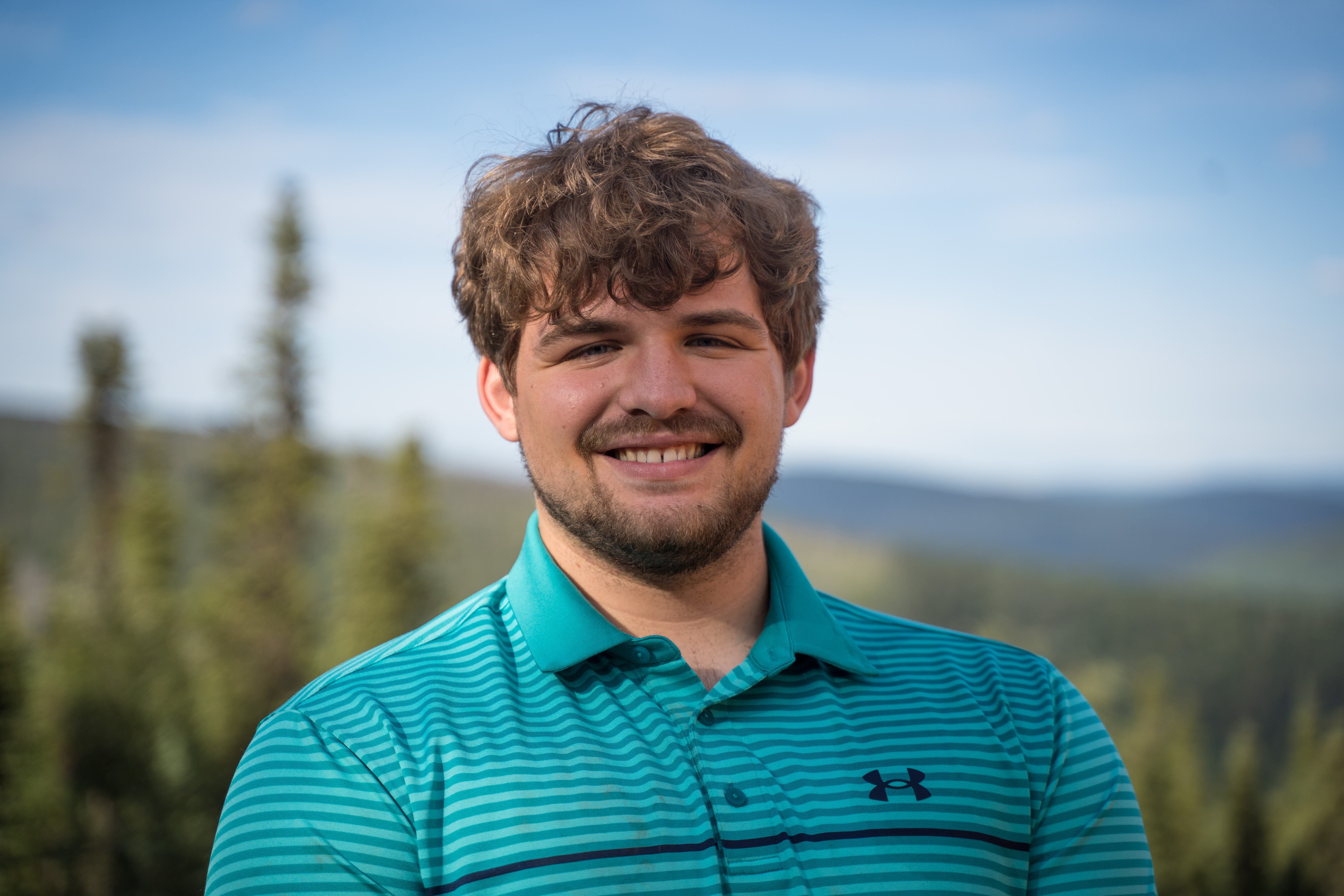Looking at the Numbers Behind Electric Vehicle Integration in Alaska

An ACEP intern is investigating electrification of Alaska’s fishing fleet and the response of vehicles to cold weather environments.
Maximus Johnson is an electrical engineering undergraduate student going into his junior year at the University of Alaska Fairbanks. Under the mentorship of ACEP research engineer Michelle Wilber, Johnson’s research is focused on analyzing data from electric vehicles in cold-weather environments. Specifically, he’s looking at how extreme temperatures in Alaska affect electric vehicles’ range and battery life. He is working with fellow intern Micheal Lindmann to compile a catalog of electrified cars and other land vehicles that are or will soon be available in Alaska.
Johnson is also developing a model to represent the power use of gill net vessels in the Southeast Alaska fishing fleet. He’s working with Chandler Kemp, assistant professor at UAF Bristol Bay Campus and founder of Kempy Energetics. Johnson hopes to visit Sitka this summer to help collect data on energy use from a prototype electric troll gurdy — a mechanism that pulls in all of the hooks and weights for commercial fishermen — and see how it compares to conventional hydraulic power.
During his internship, Johnson has been working in Jupyter notebooks — a popular data analysis platform to produce usable figures and information for both projects with Python code. He is excited to work with data that is being collected from a fishery that has ties to him and his community.
“As a lifelong fisherman in Alaska, it is rewarding to be applying my skills to something that directly benefits the future of my home state,” said Johnson.
In addition to pursuing engineering, Johnson enjoys taking advantage of everything Alaska has to offer by hunting, fishing and hiking as often as possible. He also enjoys basketball, soccer, chess, weightlifting and watching his beloved Kansas City Chiefs play football.
Johnson’s project is part of the ACEP Undergraduate Student Internship program and is funded by the Office of Naval Research and the U.S. Department of Energy, Office of Energy Efficiency and Renewable Energy.
For more information on the internship program, please contact Jeff Fisher at jsfisher3@alaska.edu.
Maximus Johnson. Photo by Jeff Fisher.


